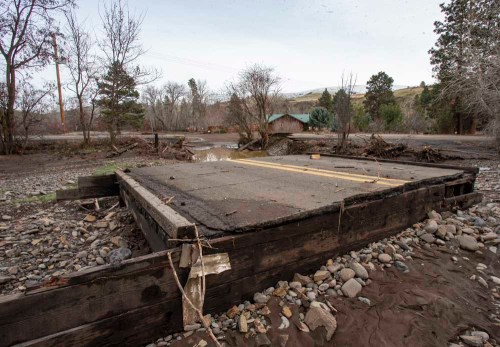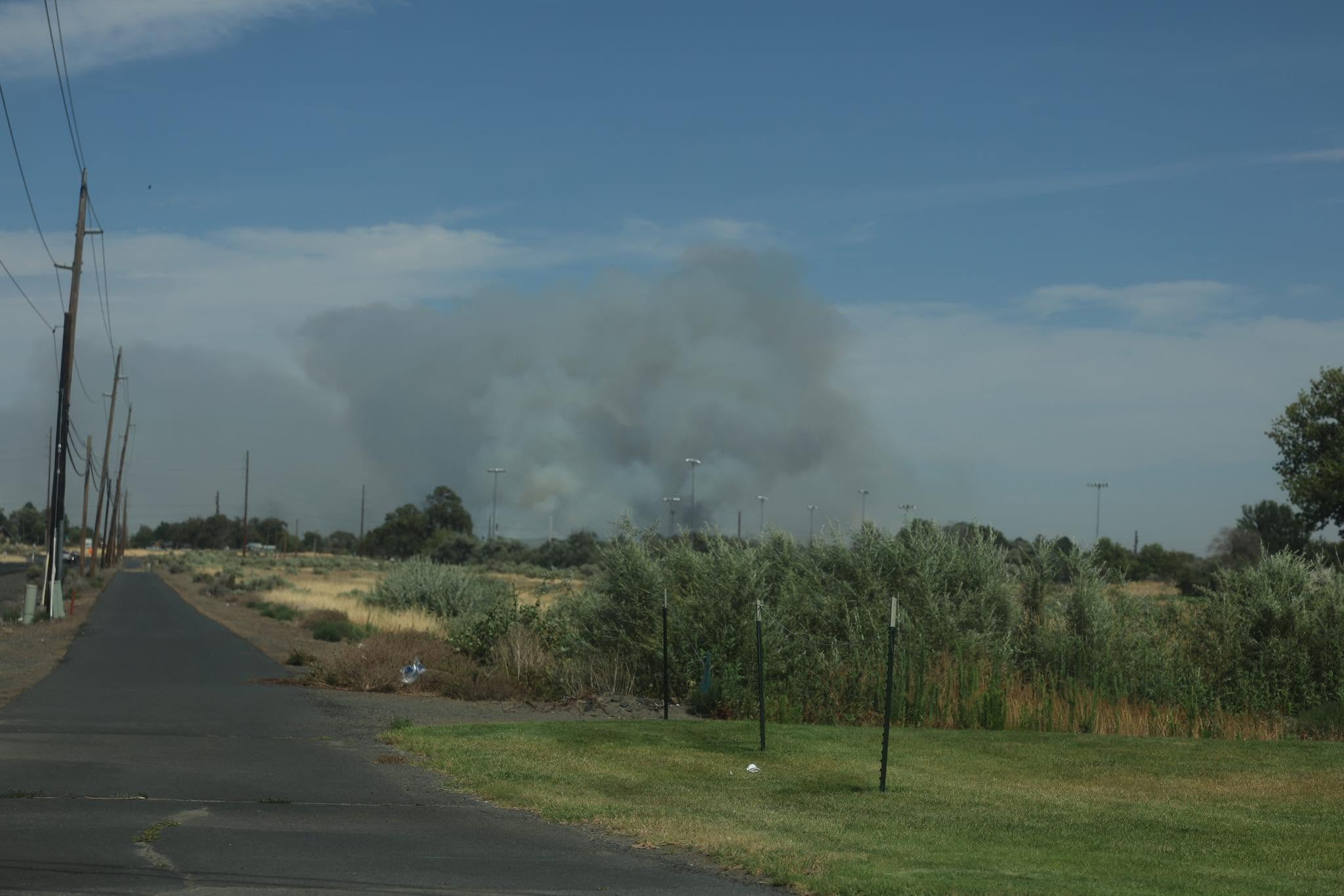Other views: Memories of flood events should not dim
Published 6:00 am Saturday, February 6, 2021

- A section of a bridge along Thorn Hollow Road sits close to its original location on Feb. 9, 2020, after it was swept away by rising floodwaters from the Umatilla River late on Feb. 6, 2020.
Umatilla County has certainly had its share of floods over the years, but nothing quite like what we’ve experienced in recent years. We don’t know exactly what a 100-year flood genuinely looks like, but it would seem the centuries are flying by in an unprecedented fashion.
Usually, when we would be invited to talk about the subject of flooding, the first question wouldn’t be, “Which flood?” And when we are talking about getting reparations from the Federal Emergency Management Agency and other programs, we wouldn’t have to stop and define the same question — which flood?
At the same time, we are still dealing with the 2019 McKay Creek Flood. We have that issue on one shelf while we deal with the dimensions of the massive flooding that came from the Umatilla River, the Walla Walla River and Mill Creek, only to be followed by Birch Creek and, ultimately, the Umatilla.
In one case, we have two pictures of Mac Hoke Road in the valley between Pendleton and Echo, both showing water spanning the valley and portions of the road totally missing. Anyone not in the know would think they are the same picture rather than photos taken several months apart.
In the end, the various entitles involved in the flooding issue are at different junctures in their work — those in search of satisfying claims, those seeking to rebuild or repair, those actively involved in prevention, and those navigating a complex maize of red tape that surrounds issues of this nature.
Because events of this type generally don’t happen very often, there might also be a false sense of security.
This is probably a perfect case of “the more you know or the closer you are to the situation, the more you have reason to worry.”
Not counting the need to repair or replace the homes that were lost, there are several major targets that need to be addressed, which include replacing the Thorn Hollow Bridge, expanding the capacity of McKay Creek, replacing the pedestrian bridge in Umatilla, and protecting the town of Echo against any further high water.
A portion of that community was miraculously saved when the water overpowered a levee west of town and flowed out into Echo Meadows, eventually closing the freeway. While it is good news the levee that impacted the freeway has been strengthened, it is bad news for Echo until something can be done to protect that community, because a second miracle is longer an option.
Much of the devastation that took place in Pilot Rock is now almost indistinguishable except for the image of what it looked like along the swath of the downtown that was under siege.
One of the most notable and timely outcomes of the event was the rapid repair of the levee that failed and inundated both Colby Pipe and Keystone Manufacturing, causing millions of dollars in damage.
Without that repair, Pendleton could well have lost two major manufacturing companies that would certainly not have exposed themselves to further risk of this magnitude.
Extensive repairs have also been made in Milton-Freewater, but in that case it was the fast action of private firms that laid the foundation for both saving the community and subsequent permanent repairs.
Perhaps one of the other focuses would be the Riverside area that left many residents homeless and caused mass evacuations. Repairs in that neighborhood started almost immediately, as did the removal of homes no longer habitable. But under the leadership of the city of Pendleton, that work is ongoing.
The flooding was not without drama, as many residents were evacuated by many methods, including by air, by those first to respond.
With the immediate threat absent today, there could be a tendency to become complacent. The level of complacency is generally based upon knowing how much you were impacted the last three times and the prospect of whether or not it could happen to you again.
The residents of this county responded in amazing ways during the last trio of floods, and we could utilize that experience were it to happen again. But that really isn’t the ultimate solution.
COVID-19 has distracted our attention for almost a year, causing the memories of flooding and the ongoing work to be done to dim from view. Going forward, we cannot allow that to happen.
The partners who came together so effectively to address the overpowering emergencies must continue to be poignantly aware of the need to continue the rebuilding process, continue the work of reparations, and pursue the steps necessary to help mitigate further exposure or damage.
Simply putting it in the back of our mind is not an option.
Do you have a point you’d like to make or an issue you feel strongly about? Submit a letter to the editor or a guest column.









